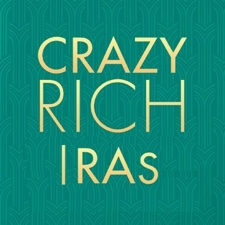
Propublica recently reported that venture captialist Peter Thiel has a $5 billion Roth IRA. Essentially, he bought some lottery tickets using his IRA wrapper, and they paid off. The controversial part is that these lottery tickets weren’t available to everyone. They were dirt-cheap private shares of a startup that were only available to founders and a handful of early investors. At such an early stage, you can pretty much value your private company shares at whatever you wish. Here’s the Propublica version:
Open a Roth with $2,000 or less. Get a sweetheart deal to buy a stake in a startup that has a good chance of one day exploding in value. Pay just fractions of a penny per share, a price low enough to buy huge numbers of shares. Watch as all the gains on that stock — no matter how giant — are shielded from taxes forever, as long as the IRA remains untouched until age 59 and a half. Then use the proceeds, still inside the Roth, to make other investments.
It’s not clear how they found this data, but they also included the owners of other large IRAs:
Ted Weschler, a deputy of Warren Buffett at Berkshire Hathaway, had $264.4 million in his Roth account at the end of 2018. Hedge fund manager Randall Smith, whose Alden Global Capital has gutted newspapers around the country, had $252.6 million in his. Buffett, one of the richest men in the world and a vocal supporter of higher taxes on the rich, also is making use of a Roth. At the end of 2018, Buffett had $20.2 million in it. Former Renaissance Technologies hedge fund manager Robert Mercer had $31.5 million in his Roth, the records show.
Ted Weschler, along with Todd Combs, are the heirs to the “stock picking” part of Warren Buffett’s job at Berkshire Hathaway. Greg Abel will be the future CEO and help handle all the wholly-owned subsidiary companies within Berkshire, and Ajit Jain will run the large insurance operation.
As a public figure, Weschler submitted this personal statement defending and explaining his IRA, and it reveals some interesting details. He opened his first “IRA” in 1984 as a 22-year-old Junior Financial Analyst making $22,000 a year. He seems to be mixing up the terms for 401k and IRAs in his letter (confirmed in WaPo story below). His timing was lucky, as 401k plans had just been born with the earliest ones starting around 1980. Here is a 1982 WSJ newspaper scan about these newfangled “salary reduction plans”, which were what 401k plans were initially called.
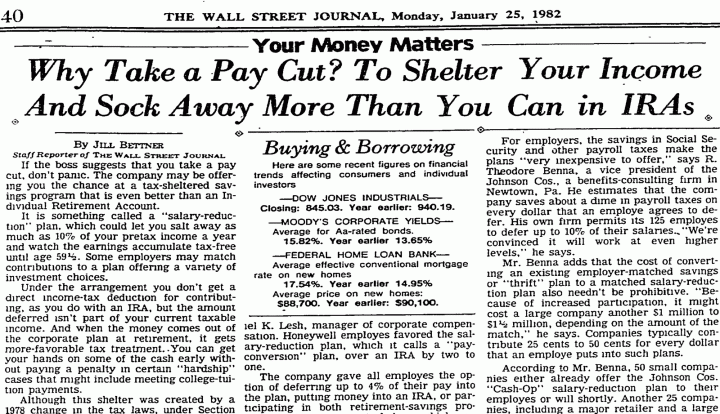
Anyhow, his 401k/IRA balance had grown to $70,385 by the end of 1989, when he rolled it over into a self-directed IRA at Charles Schwab. Fast forward 23 years, and by the end of 2012, his IRA was worth $131,000,000! Thanks to the new Roth IRA conversion option when he promptly rolled it over into a Roth IRA even though he had to pay $29 million in taxes. By 2018, the balance was at $264 million.
Also significant:
I invested the account in only publicly-traded securities i.e., all investments in this account were investments that were available to the general public.
[…] In closing, although I have been an enormous beneficiary of the IRA mechanism, I personally do not feel the tax shield afforded me by my IRA is necessarily good tax policy. To this end, I am openly supportive of modifying the benefit afforded to retirement accounts once they exceed a certain threshold.
This WaPo article is a follow-up with Ted Weschler about his amazing IRA skills.
I also realized that Weschler wanted to encourage young people to do what he did to accumulate his nine-digit net worth: save and invest, early and often, and take advantage of any retirement account benefits offered by their employer. “In a perfect world, nobody would know about this account,” he said. “But now that the number is out there, I’m hopeful that some good can come of it by serving as a motivation for new workforce entrants to start saving and investing early.”
My takeaways:
- You may not agree with all the tax rules, but there is a reason why standard personal finance advice includes maximizing your Roth IRA contribution each year AND taking full advantage of your 401k plan with any employer contribution.
- If you believe that your future tax rate after age 60 will be higher than your current tax rate, then you should consider converting any pre-tax “Traditional” IRA balances into Roth IRAs, even if it requires a big lump sum payment today.
- If your income is too high to qualify for a regular Roth IRA, check if you are eligible to contribute to a “backdoor” Roth IRA, essentially making a non-deductible Traditional IRA contribution and quickly performing a Roth IRA conversion. If you are high-income and a big saver, look up the “mega backdoor” Roth IRA, which involves making a non-deductible contribution to your 401k plan (if allowed by employer plan document).
- Roth IRAs have differences from Traditional IRAs beyond just the timing of the tax being upfront or at withdrawal. If you want to leave an inheritance (as these rich people most likely do), realize that Roth IRAs don’t have the required minimum distribution (RMD) rules that apply to traditional IRAs. Bottom line: More compounding + more tax shelter = bigger estate.
- Consider putting your riskiest investments with the highest potential upside inside your Roth IRA. My Roth IRA holds REITs: low tax-efficiency and higher risk/return profile. No sleepy bonds!
- As a BRK shareholder, if you were to think of a contest to win “The Next Warren Buffett”, finding the person who built the biggest IRA in the world using publicly-available investments would be a pretty smart filter! Maybe Berkshire Hathaway’s investment side will be alright after Buffett and Munger are gone.
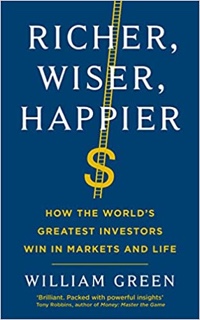
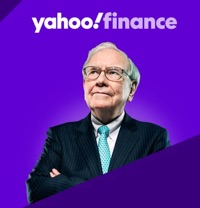
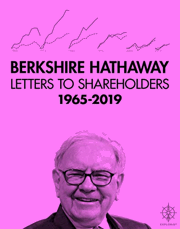

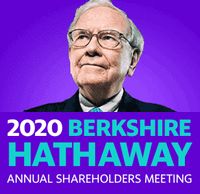 The 2020 Berkshire Hathaway Annual Shareholder Meeting was on May 2nd, 2020 and is now available as a recorded video on
The 2020 Berkshire Hathaway Annual Shareholder Meeting was on May 2nd, 2020 and is now available as a recorded video on 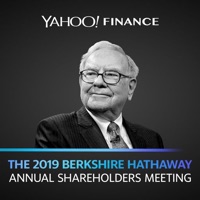
 It is estimated that 1 in 5 students across the world are currently unable to attend school. In response, the Internet Archive opened the
It is estimated that 1 in 5 students across the world are currently unable to attend school. In response, the Internet Archive opened the 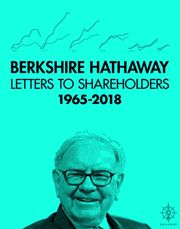 Berkshire Hathaway (BRK) has released its
Berkshire Hathaway (BRK) has released its 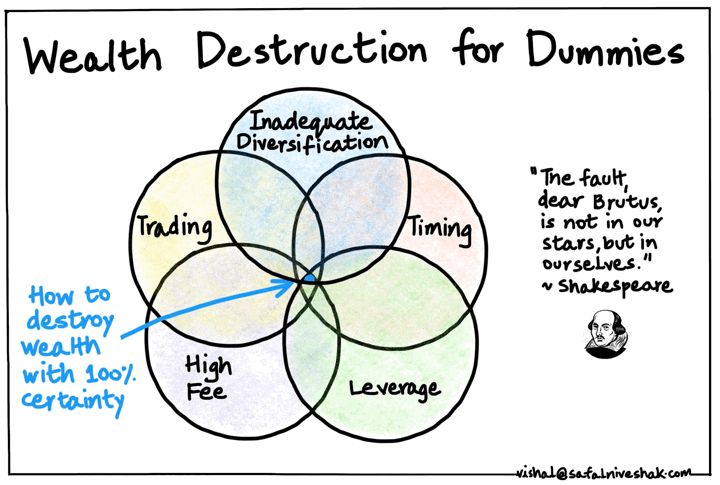
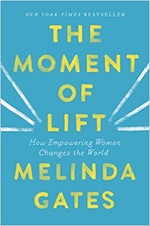 The Moment of Lift: How Empowering Women Changes the World
The Moment of Lift: How Empowering Women Changes the World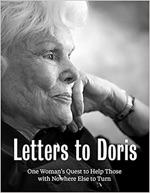 Letters to Doris – One Woman’s Quest to Help Those with Nowhere Else to Turn
Letters to Doris – One Woman’s Quest to Help Those with Nowhere Else to Turn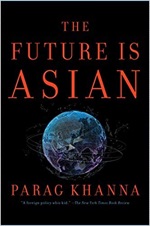 The Future Is Asian: Commerce, Conflict, and Culture in the 21st Century
The Future Is Asian: Commerce, Conflict, and Culture in the 21st Century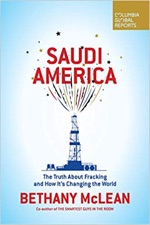 Saudi America: The Truth about Fracking and How It’s Changing the World
Saudi America: The Truth about Fracking and How It’s Changing the World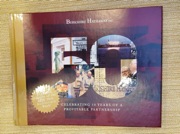 Berkshire 50th Anniversary
Berkshire 50th Anniversary The Best Credit Card Bonus Offers – November 2024
The Best Credit Card Bonus Offers – November 2024 Big List of Free Stocks from Brokerage Apps
Big List of Free Stocks from Brokerage Apps Best Interest Rates on Cash - November 2024
Best Interest Rates on Cash - November 2024 Free Credit Scores x 3 + Free Credit Monitoring
Free Credit Scores x 3 + Free Credit Monitoring Best No Fee 0% APR Balance Transfer Offers
Best No Fee 0% APR Balance Transfer Offers Little-Known Cellular Data Plans That Can Save Big Money
Little-Known Cellular Data Plans That Can Save Big Money How To Haggle Your Cable or Direct TV Bill
How To Haggle Your Cable or Direct TV Bill Big List of Free Consumer Data Reports (Credit, Rent, Work)
Big List of Free Consumer Data Reports (Credit, Rent, Work)